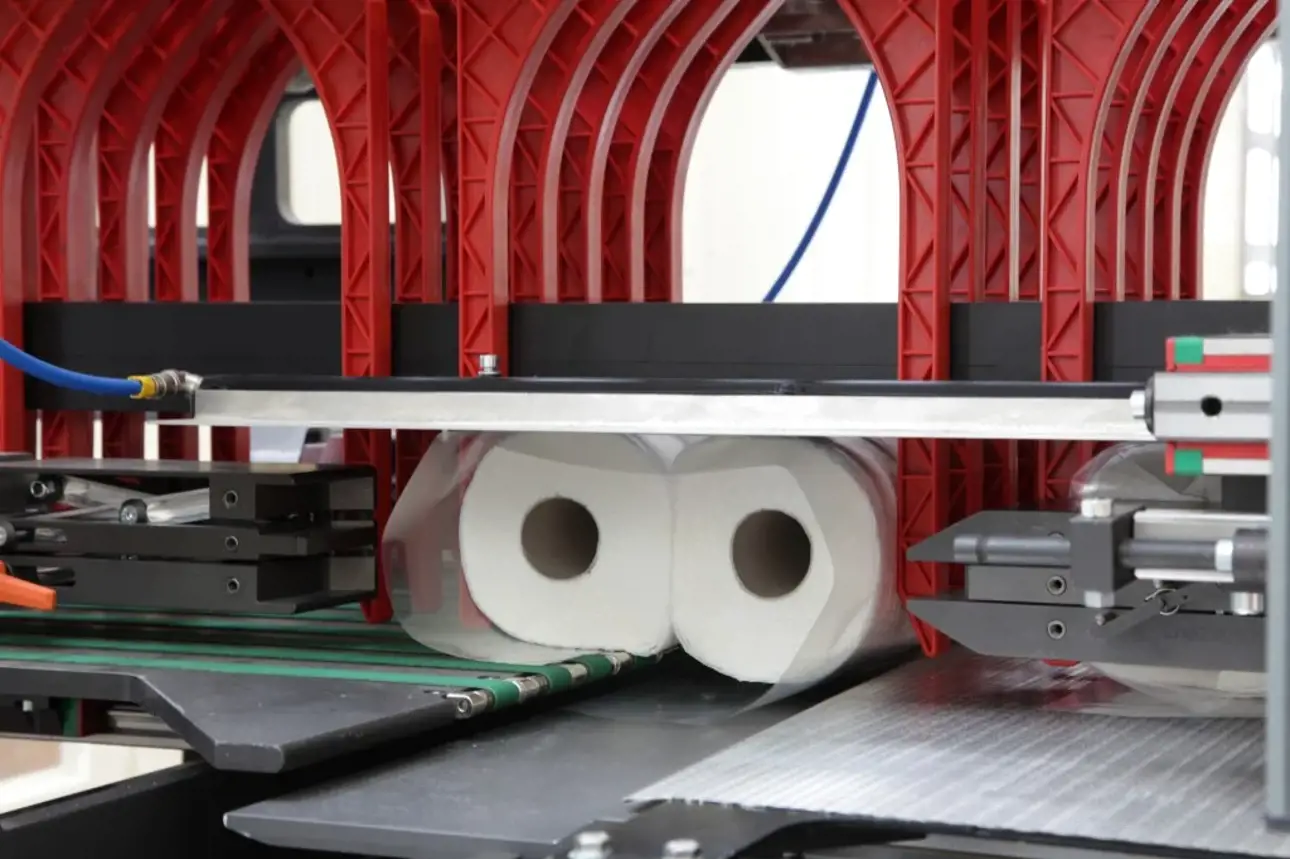What You Need to Know Before Upgrading Your Packaging Line

Packaging lines must run at peak productivity. Substandard performance can lead to high overhead costs, botched sales, and low profits — a less than ideal scenario for any tissue converter.
To consistently maximize and maintain line efficiency occasional upgrades are necessary, which can be overwhelming. Where do you begin updating a packaging line to improve output? What does an upgrade need to include to increase profitability? What needs to be addressed first, and how quickly?
There are no universal answers to these questions. Before you commit to a packaging line upgrade — and to ensure the upgrade goes smoothly once underway — evaluate your situation based on pain points and requirements.
Identify Your Packaging Line Pain Points
You’re most likely aware of recurring packaging line problems that cause the biggest headaches. However, the smaller inefficiencies that aren’t necessarily grabbing your attention are probably grabbing some of your profits.
To make sure you address all of your pain points, audit your packaging line and document them. You may have a lengthy list or only a few items, but it will help you identify which machines are performing poorly and contributing to:
Lower productivity: Maybe there is a machine that breaks down regularly and/or requires costly maintenance. Perhaps the electronics used in your packaging machine are showing their age and are limiting production. Either way, the packaging line could be causing a serious bottleneck to productivity.
Further, there are hidden costs to re-wraps and damaged goods, including:
- Materials: The scrapped materials begin to pile up, increasing handling, storage, and disposal costs.
- Labor: Every re-done package easily doubles or triples labor costs since errant packaging needs to be removed and new material applied.
- Environmental impact: Repackaging requires additional electricity and other resources, plus results in more trash.
- Diminished throughput: Packaging equipment that can’t accommodate different pack sizes will limit the types of projects your line can run, which limits both throughput and sales. If, for example, a large chain retailer prefers a product shipped in 12-packs but your current packaging materials and equipment is sized exclusively for 24-packs, that retailer — and potentially profitable relationship — will partner with a competitor.
- Potentially dangerous working environments: Technical and technological advancements can quickly make safety and control systems obsolete. Older equipment may not be able to interface or be prone to other deficiencies that could put operator safety at risk.
Understand Your Current and Future Needs
Addressing short-term packaging issues with an equipment upgrade may be adequate, but will it resolve future pain points? Define anticipated needs 10 years in the future. Will the upgrade you’re considering be able to support existing and new product requirements and growth? Understanding your target markets and making realistic projections about products and growth opportunities will help you determine the necessity and timeframe of a packaging line upgrade.
There is also sustainability to factor into the equation. Is the tissue industry turning toward design and materials changes that could impact the line equipment? Could retailers put more pressure on tissue converters to use sustainable packaging alternatives to plastic overwraps? Both of these challenges could realistically alter the industry and your equipment upgrade choices.
Finally, there is spare parts availability to evaluate. Deferring an upgrade, especially an electronic component upgrade, can put you at a disadvantage if spare parts are obsolete, or so scarce that the price is extremely high. Substantial investments in older equipment spare parts won’t position you for the future.
Upgrading your packaging line can seem like a daunting task, but it’s made easier with help from the experts at Valmet, starting with a conversation with your account manager.